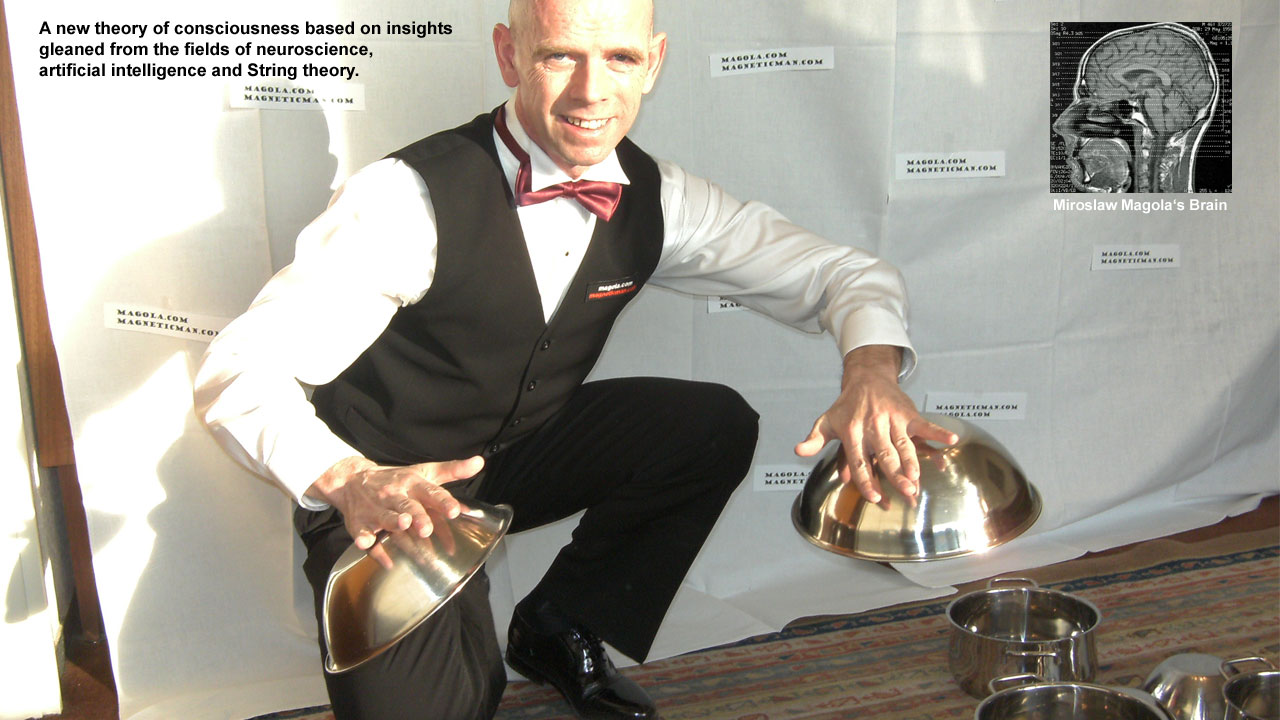
Extrasensory perception in movies, TV documetaries and comics.
Extrasensory perception (ESP) is a term used to describe the ability to receive information through means other than the known physical senses. It includes phenomena such as telepathy, or thought transference between persons; clairvoyance, or supernormal awareness of objects or events not necessarily known to others; and precognition, or knowledge of the future.
The term was first used in 1932 by Joseph Banks Rhine (September 29, 1895 – February 20, 1980), usually known as J. B. Rhine, an American botanist and parapsychologist, in his book “Extrasensory Perception” published in 1934 by the Boston Society for Psychic Research.
Here are some movies that feature extrasensory perception:
Scanners (1981): A science-fiction horror film directed by David Cronenberg, which follows a group of people with telepathic and telekinetic abilities who are recruited by a corporation for their own gain.
Patrick (1978): An Australian horror film about a comatose patient who uses his psychic powers to manipulate the hospital staff.
The Power (1984): A British supernatural thriller about a scientist who discovers a way to harness psychic energy, but the experiment goes awry.
Sole Survivor (1984): An American horror film about a woman who is the sole survivor of a plane crash and begins to experience psychic visions of the other passengers.
Beyond the Black Rainbow (2010): A Canadian science-fiction film about a young woman with psychic powers who is held captive in a mysterious research facility.
Here are some TV documentaries that feature extrasensory perception:
The Baffling World of ESP (1969): A documentary narrated by Basil Rathbone that explores the phenomenon of extrasensory perception and features interviews with parapsychologists and people who claim to have psychic abilities.
Remote Viewing (2018): A documentary that follows a group of filmmakers as they experiment with remote viewing, the alleged paranormal ability to perceive remote or hidden targets by using extrasensory perception.
The Unexplained Files (2013): A television series that explores unexplained phenomena, including episodes on telepathy and other forms of extrasensory perception.
The Secret Life of Chaos (2009): A documentary that explores the science of chaos theory and features interviews with scientists who discuss the role of intuition and extrasensory perception in scientific discovery.
Stan Lee’s Superhumans is a documentary television series that debuted on History Channel in 2010. The show is hosted by Marvel comic book superhero creator Stan Lee and follows contortionist Daniel Browning Smith, “the most flexible man in the world”, as he searches the globe for real-life superhumans – people with extraordinary physical or mental abilities.
One of the episodes of the show, titled “Mind Force,” features Miroslaw Magola alias Mind Force by Sussex Innovation Centre in Brighton UK who claims to be able to harness the power of psychokinesis to lift objects off the floor, transport them through the air and force them to stick to his body. Miroslaw Magola has demonstrated his talents under the scrutiny of such well known scientists as Dr David Lewis-Hodgson BSc (Hons), D.Phil., FISMA, FRSM, AFBPsS, Chartered Psychologist. Chairman and founder of Mindlab
Here are some comic books that feature extrasensory perception:
X-Men: A Marvel Comics series that follows a group of mutants with various superpowers, including telepathy, telekinesis, and precognition.
Daredevil: A Marvel Comics series about a blind lawyer who gains heightened senses after being exposed to radioactive waste, including a “radar sense” that allows him to perceive his surroundings.
The Umbrella Academy: A Dark Horse Comics series about a dysfunctional family of superheroes, including one member with the ability to communicate with the dead.
The Sixth Gun: A supernatural Western series published by Oni Press, which follows a group of characters who possess various magical abilities, including extrasensory perception.

